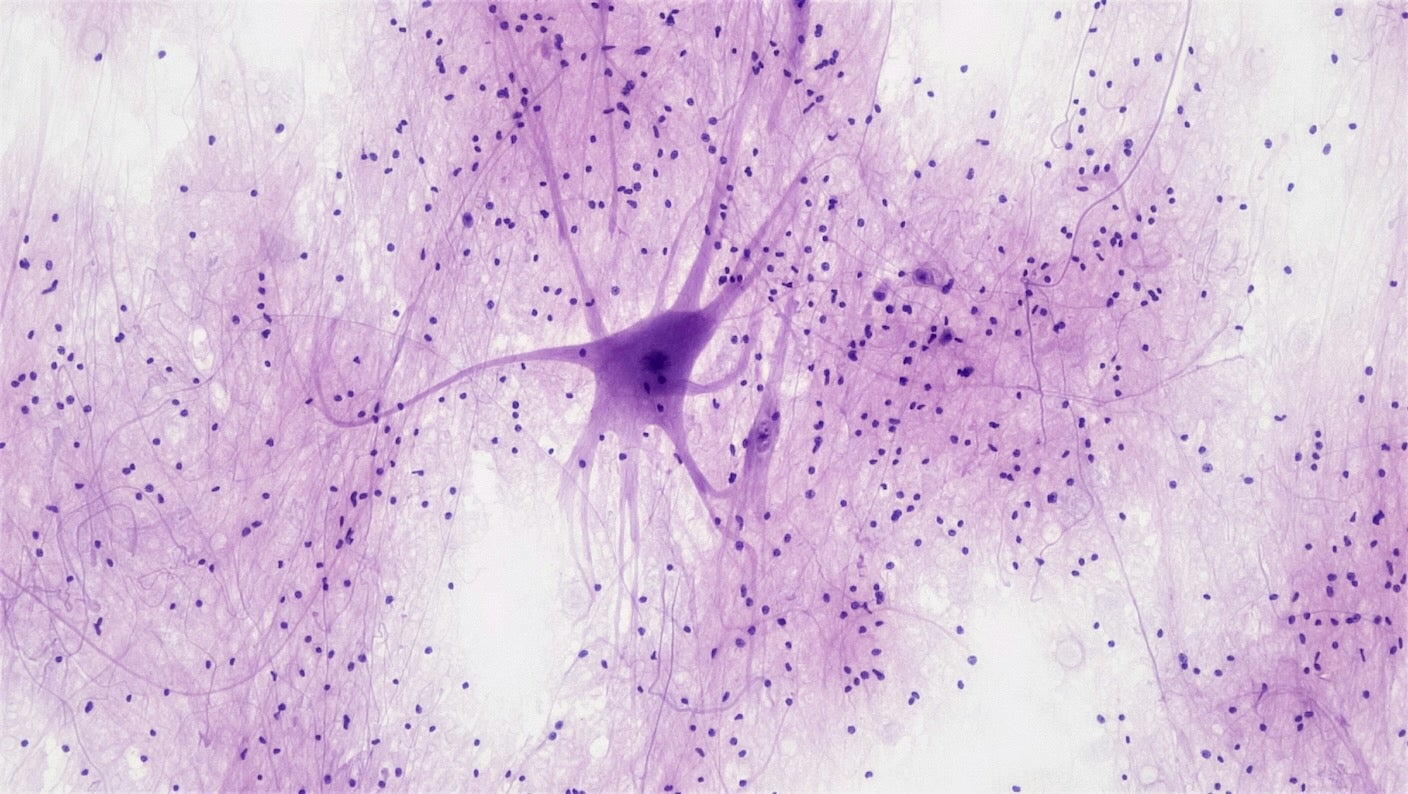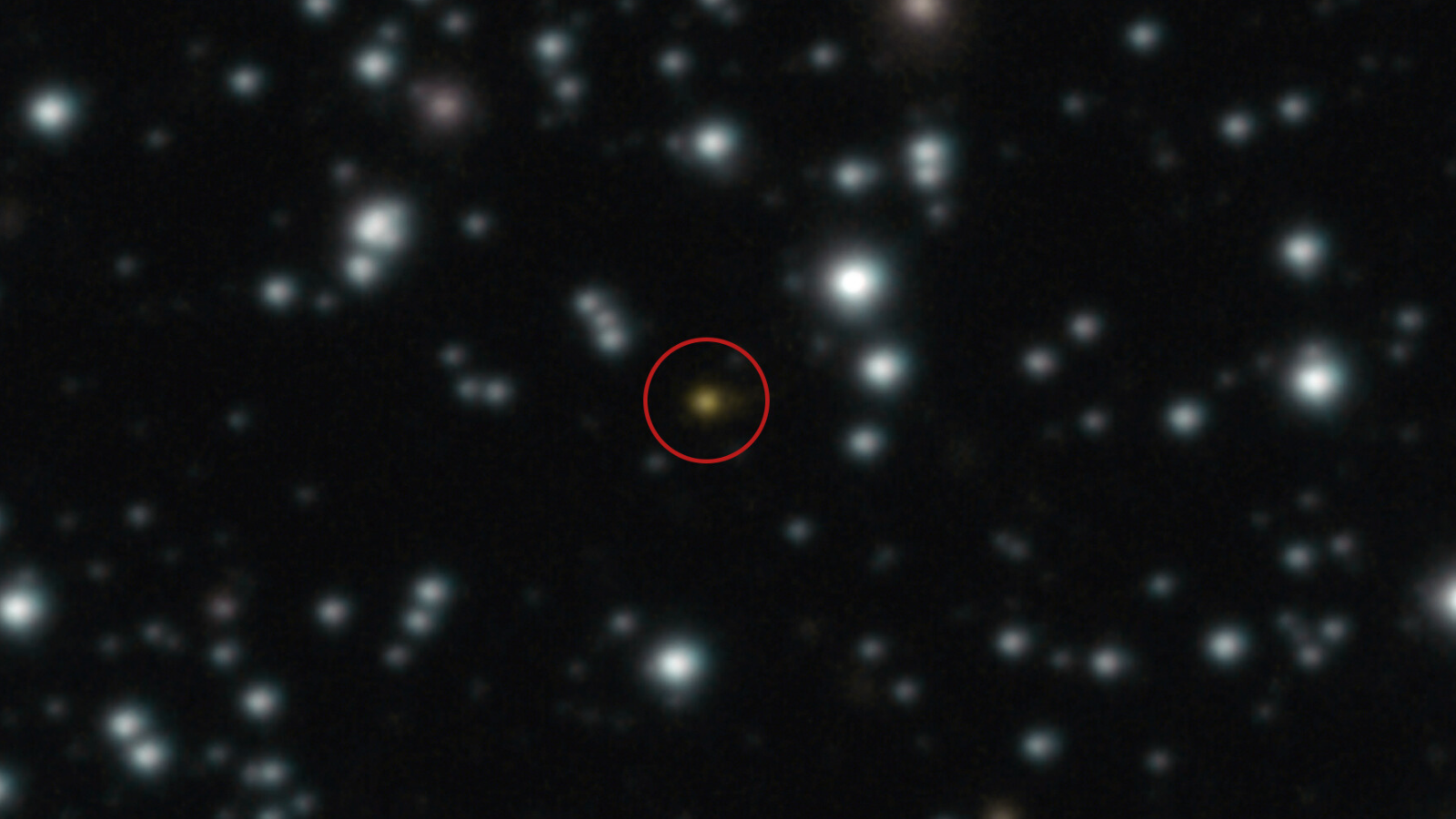Revolutionary Contact Lenses Enable Night Vision Using Infrared Light

In a groundbreaking advancement in vision technology, scientists have successfully developed contact lenses that empower individuals to see in the dark by utilizing infrared light. This innovative invention holds immense potential, not only for improving the eyesight of those affected by color blindness but also for providing covert communication methods for security personnel.
Details of this fascinating research were published in the esteemed journal Cell, where the researchers confirmed that the contact lenses do not require any external power source to convert infrared light into visible light. This feature makes them particularly appealing for practical everyday use, as they can function independently.
In various experiments conducted with both mice and human subjects, the lenses demonstrated the ability to allow wearers to perceive multiple infrared wavelengths, even when their eyes were closed. Tian Xue, a neuroscientist from the University of Science and Technology of China and the senior author of the study, voiced excitement about the implications of this technology. “Our research opens up the potential for non-invasive wearable devices to give people super-vision,” Xue stated in a press release.
The applications of these contact lenses extend far beyond simply providing night vision. They could potentially be employed to receive data wirelessly, which could revolutionize fields requiring secure communications. “There are many potential applications right away for this material,” Xue elaborated. “For example, flickering infrared light could be used to transmit information in security, rescue, encryption, or anti-counterfeiting settings.
The remarkable invention utilizes nanoparticles designed to transform specific portions of the infrared light spectrum—wavelengths that are typically undetectable by the human eye—into visible wavelengths. In practical tests, participants wearing the contact lenses were able to identify flashing Morse code-like infrared signals.
“It's totally clear cut: without the contact lenses, the subject cannot see anything, but when they put them on, they can clearly see the flickering of the infrared light,” explained Xue. Furthermore, the study found that when subjects closed their eyes, they were even more capable of receiving flickering information, as near-infrared light penetrated the eyelid more effectively than visible light, resulting in less interference.
Building on their initial success, the researchers continued to refine their nanoparticles, allowing different infrared wavelengths to be perceived as various colors. This pivotal advancement could be particularly beneficial for individuals with color blindness, enabling them to distinguish between hues that were previously indistinguishable. “By converting red visible light into something like green visible light, this technology could make the invisible visible for color-blind people,” Xue noted.
While the lenses showcase impressive capabilities, they are not without limitations. Currently, the lenses do not capture fine details, and it remains uncertain whether they allow wearers to see objects illuminated by infrared light or merely the light source itself. The research team has been approached for further clarification and is expected to provide updates soon.
Looking ahead, the team aspires to enhance the performance of the contact lenses by collaborating with materials scientists and optical experts. “In the future, by working together with materials scientists and optical experts, we hope to make a contact lens with more precise spatial resolution and higher sensitivity,” Xue concluded.
This remarkable development is part of a broader trend of innovations aimed at enhancing human vision and could pave the way for even more sophisticated devices in the near future.





























